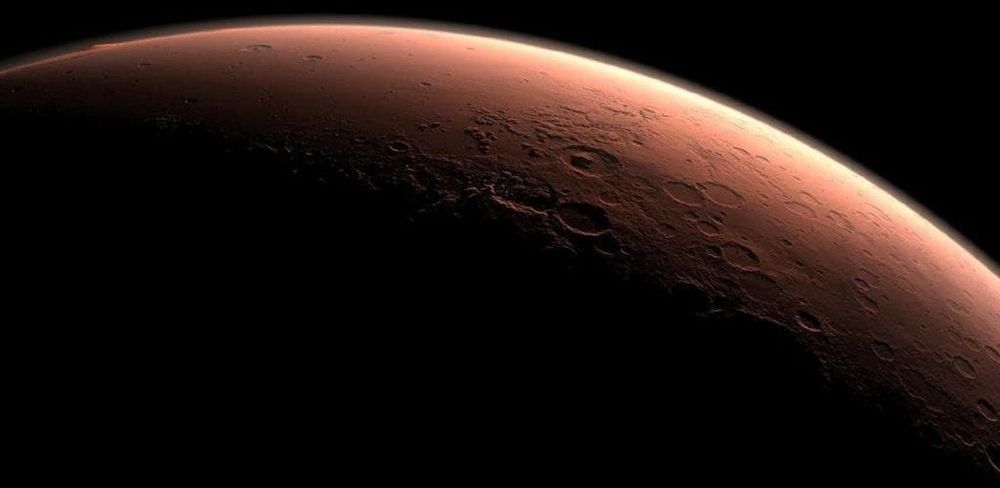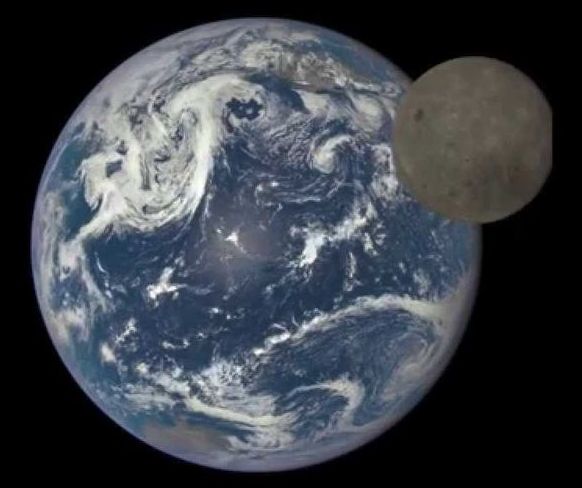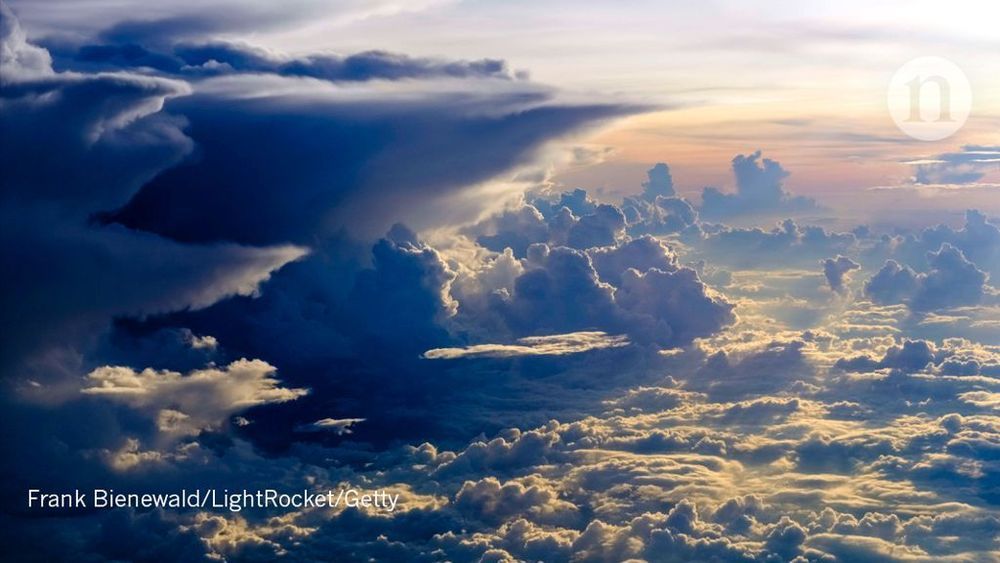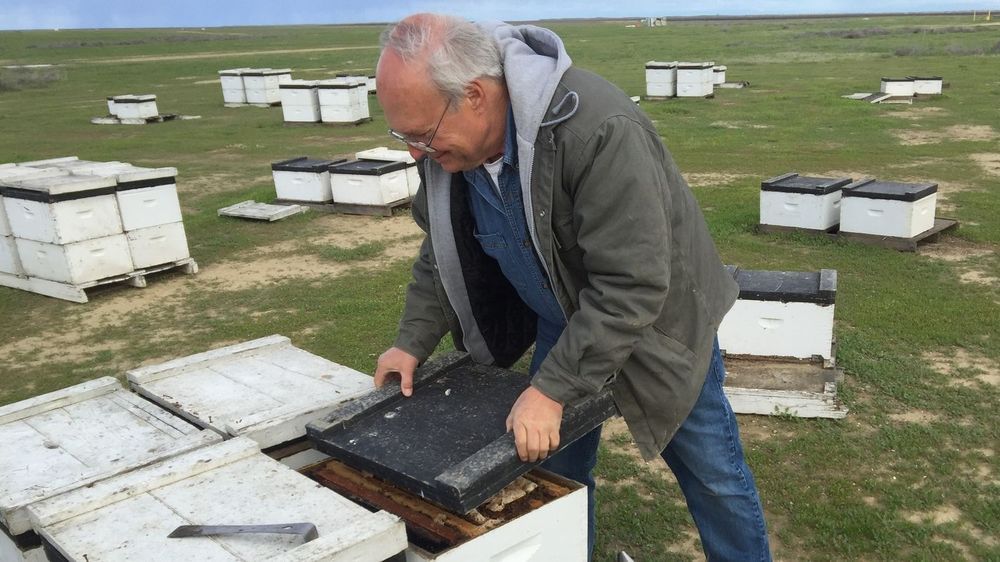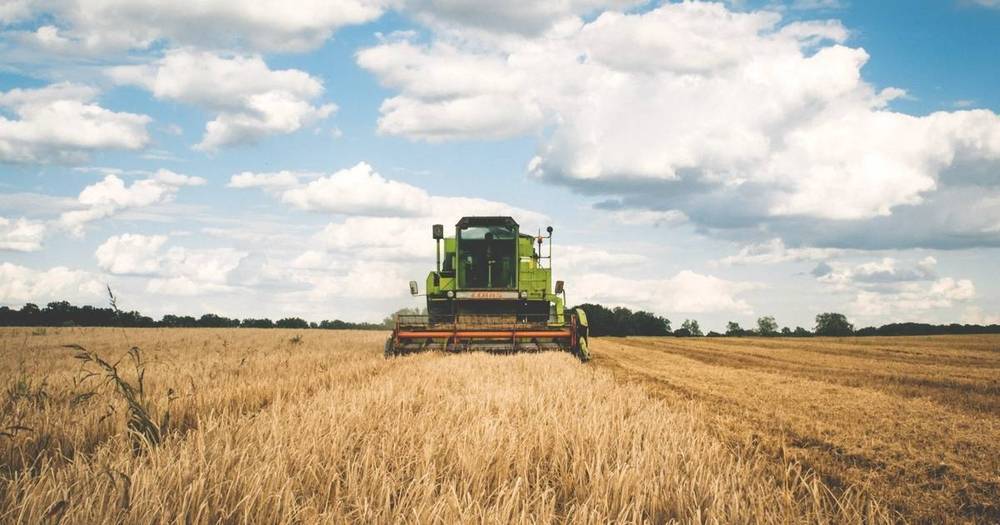
This month, a group of Democratic lawmakers called for an ambitious plan for the United States to reach net-zero carbon pollution in 10 years. While experts debate whether the proposal is technologically or politically feasible, the so-called Green New Deal is about more than shifting to cleaner, more advanced forms of energy sources. It’s also about shifting to more traditional forms of agriculture.
While farming generally takes a back seat to energy in discussions of climate, it accounts for up to a third of carbon pollution, by one account. Tractors and trucks that harvest and transport our food burn gasoline and diesel, generating pollution. Synthetic fertilizers derived from fossil fuels spur the release of heat-trapping gas from the soil, and cows and sheep emit large volumes of planet-warming pollution. Then there is the matter of agricultural giants burning forests to clear land for farming and grazing, thereby releasing carbon stored in trees into the atmosphere and reducing the capacity of the land to store CO2.
And yet, while agriculture is a big part of the problem, it can also be part of the solution. Smart growing practices can help soak up pollution and store it in the ground — what’s known as carbon farming.
Read more
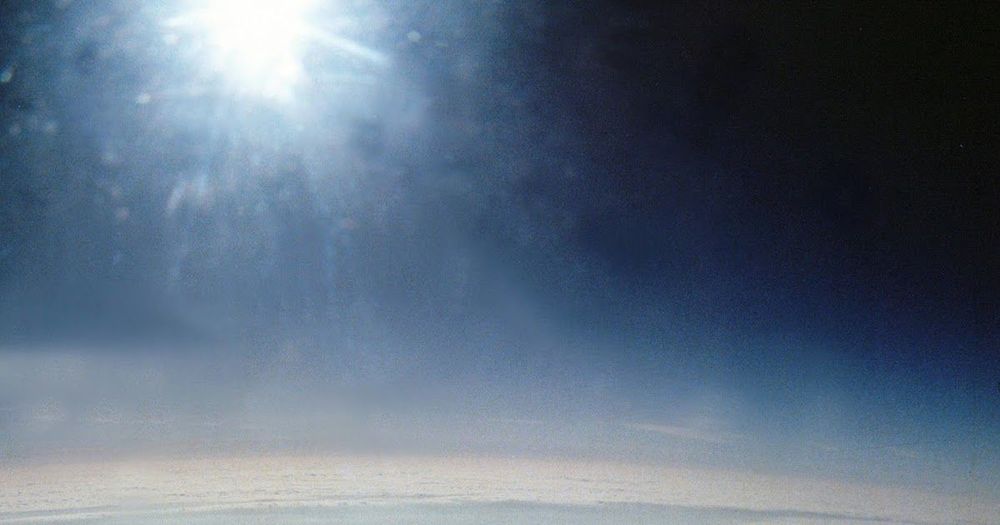
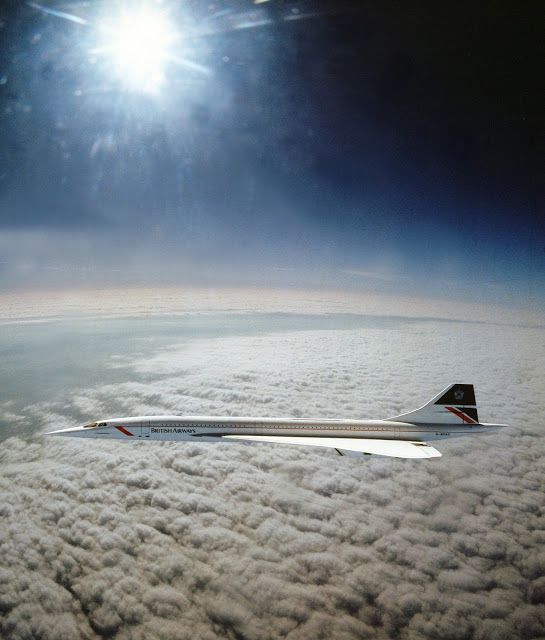 The only photo of a Concorde flying at Mach 2 taken by Adrian Meredith from an RAF Tornado attack fighter over the Irish Sea in April 1985.
The only photo of a Concorde flying at Mach 2 taken by Adrian Meredith from an RAF Tornado attack fighter over the Irish Sea in April 1985.